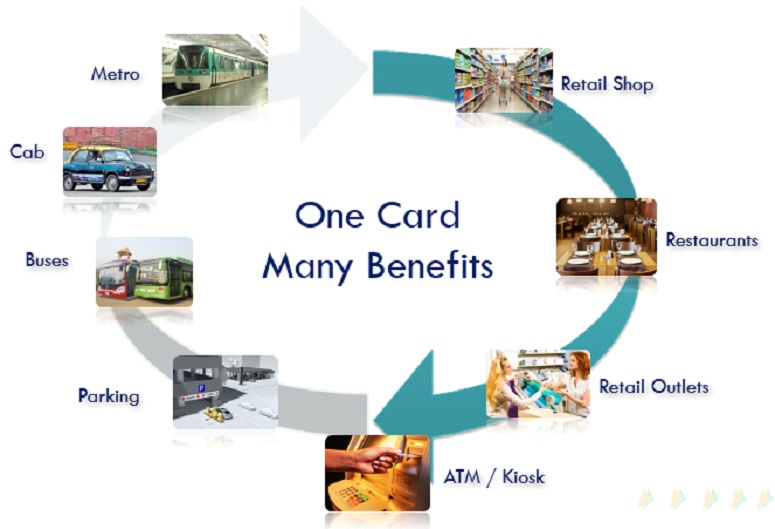
For our dream to build a digital world to come alive, wireless technologies have a critical role to play. While the first step towards that dream is availability, "speed & convenience" at which you can access your world will constitute the next level of innovation. Applications and devices are now interconnected and allows for accessibility and portability, but the real differentiator will be to provide what you require at your fingertip without blinking an eyelid. Let us look at the key factors driving this digital adoption in the payments industry.
From touch sensitive technologies, the world is now experimenting with waving, gesturing or just simple eye-tracking or mood sensing. Touch is now hygiene. All this cannot be achieved without the support of an underlying wireless technology essentially using radio frequency (RF), low cost and low power electronics.
Interconnection is critical but this need can also be a hindrance for efficient completion of an important task. Technology has moved into a combination of both thick and thin clients, best characterised by the mobile application ecosystem. Offline computing along with synchronisation capabilities allow you to achieve speedier transactions without losing out on interoperability.
Payments industry is no different and is swiftly embracing the shifts in consumer behaviour. While there are enough use cases which have been successfully implemented type/touch based methods, contactless/gesture based solutions are now fast emerging.
The contactless payments have been made possible simply because there is now the ability to securely manage transactions through a smart chip that contains on-board crypto processors which activate during the transaction through low power RF signals. People are able to conduct the transactions in offline mode and later synchronise with host systems in batches. This is an ideal mix of low cost module and speedy distributed processing with the convenience of gesture based input.
Every technology leader in the digital space whether it is the internet, mobile or software segment has experimented with contactless payments; However, majority of implementations are either not interoperable or require a 24x7 connected ecosystem which becomes a roadblock in the success meter hitting high for these initiatives.
To be truly accepted, these following measures will benefit:
Accessibility and interoperability: Accepted anywhere and offers multiple uses
Speed of transaction: local secure processing with batch synchronisation
Convenience of transaction: Clutter free smooth gesture, like tap and wave
The Reserve Bank of India (the Bank) took the first step towards encouraging reforms in the payments and settlements system in the country to promote contactless payment by waving off the need for two factor authentication for transactions less than Rs 2,000 through cards. Multiple players have introduced their version of contactless payments but the most promising would be the one where the customer can make a payment through a simple gesture within a fraction of second (Quick Tap).
Ministry of Urban Development sensed these technological advances and felt it was the right time to offer standards which operators can adopt and offer ubiquitous payments across the country. They released the NCMC guidelines (based on open loop RuPay Contactless specifications) with the vision to have a National common mobility card that will operate across all open loop payment infrastructure.

RuPay Contactless specification is a dual interface specification which can be used to issue dual interface card. Apart from the standard online contact POS, ATM and E-commerce transactions these cards can also be used to perform offline contactless (Quick Tap) transactions for speed and convenience. The key features of RuPay Contactless are as under:
It supports online (contact & contactless) & offline (contactless only) transactions
There are dedicated storage areas for merchants/operators to offer services through the same card along with a stored value (Card balance) which is used for offline contactless transactions
It contains the provision of topping up the stored value (card balance) with Cash at customer service point at the option of the issuing entity.
It can be used for transit, toll, parking, merchant payments & all such similar low value payments
RuPay Contactless card can be issued as debit, credit or prepaid with stored value (Card balance)
Since the transaction is permitted against available balance, there is no opportunity of any loss to the bank.
Recently three projects went live in the country based on NCMC contactless guidelines. They are Bengaluru Metropolitan Transport Corporation, Kochi Metro Rail Limited and Ahmedabad Smart City. These projects have highlighted successful deployment of open loop payment systems in the country each in a specific area of consumer utility i.e. Metro, Bus and Citizen Services keeping the objective of cost, convenience and speed intact. The transformation has only just started and the future holds some exciting developments.
Authored article by Mr. Nalin Bansal, Vice President and Business Head, RuPay Contactless, National Payments Corporation of India (NPCI). The views expressed by the author are personal.